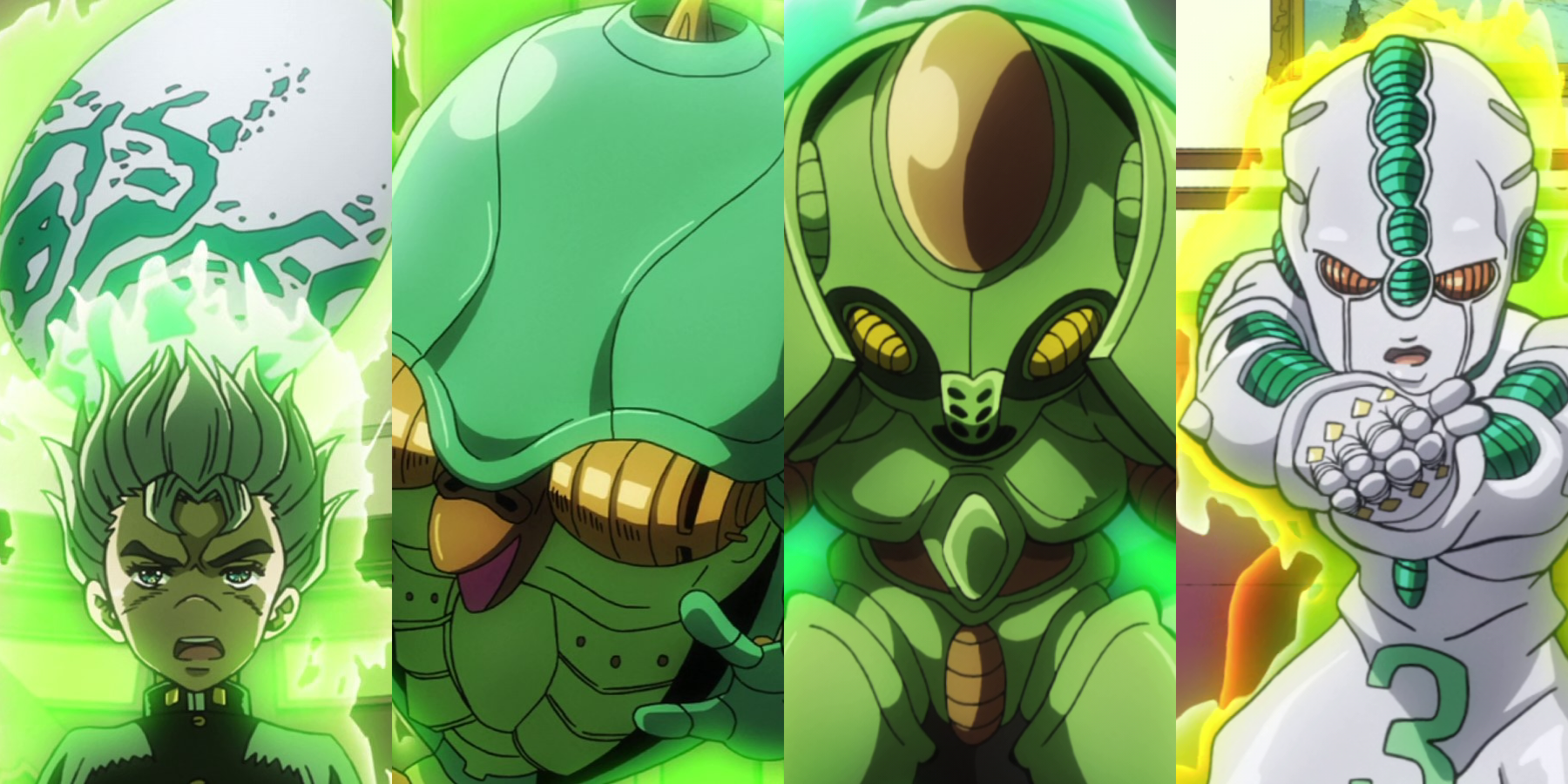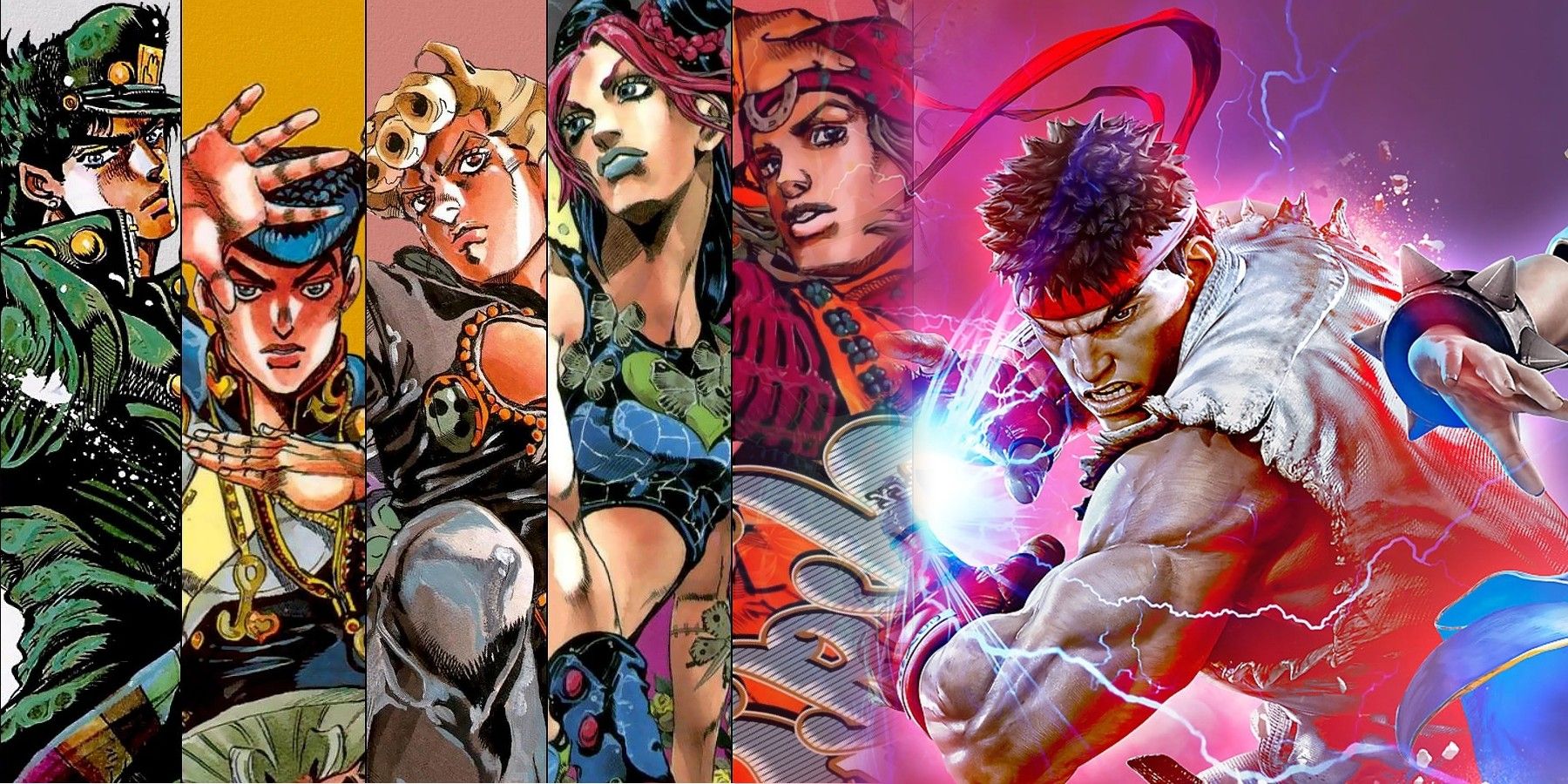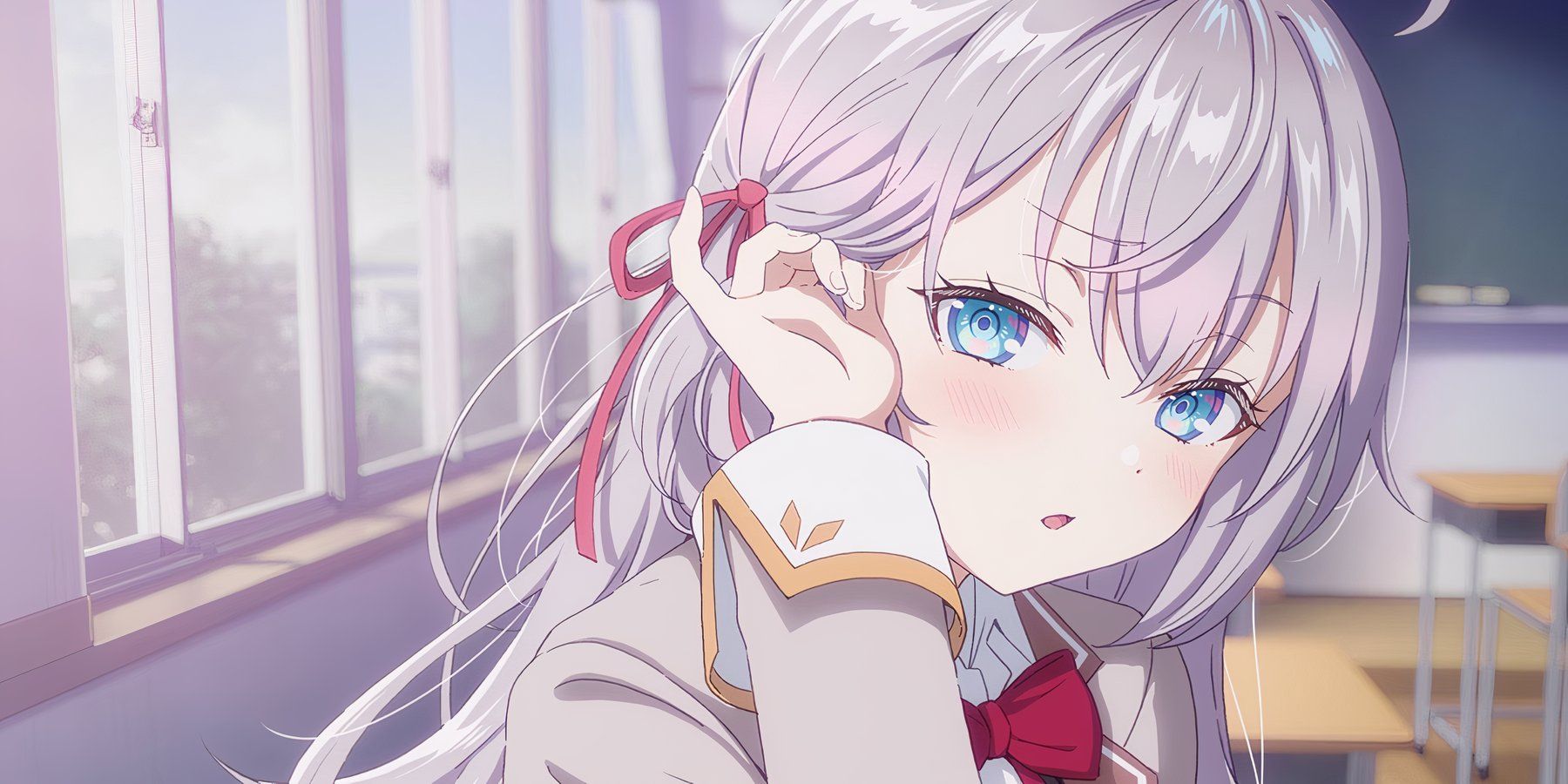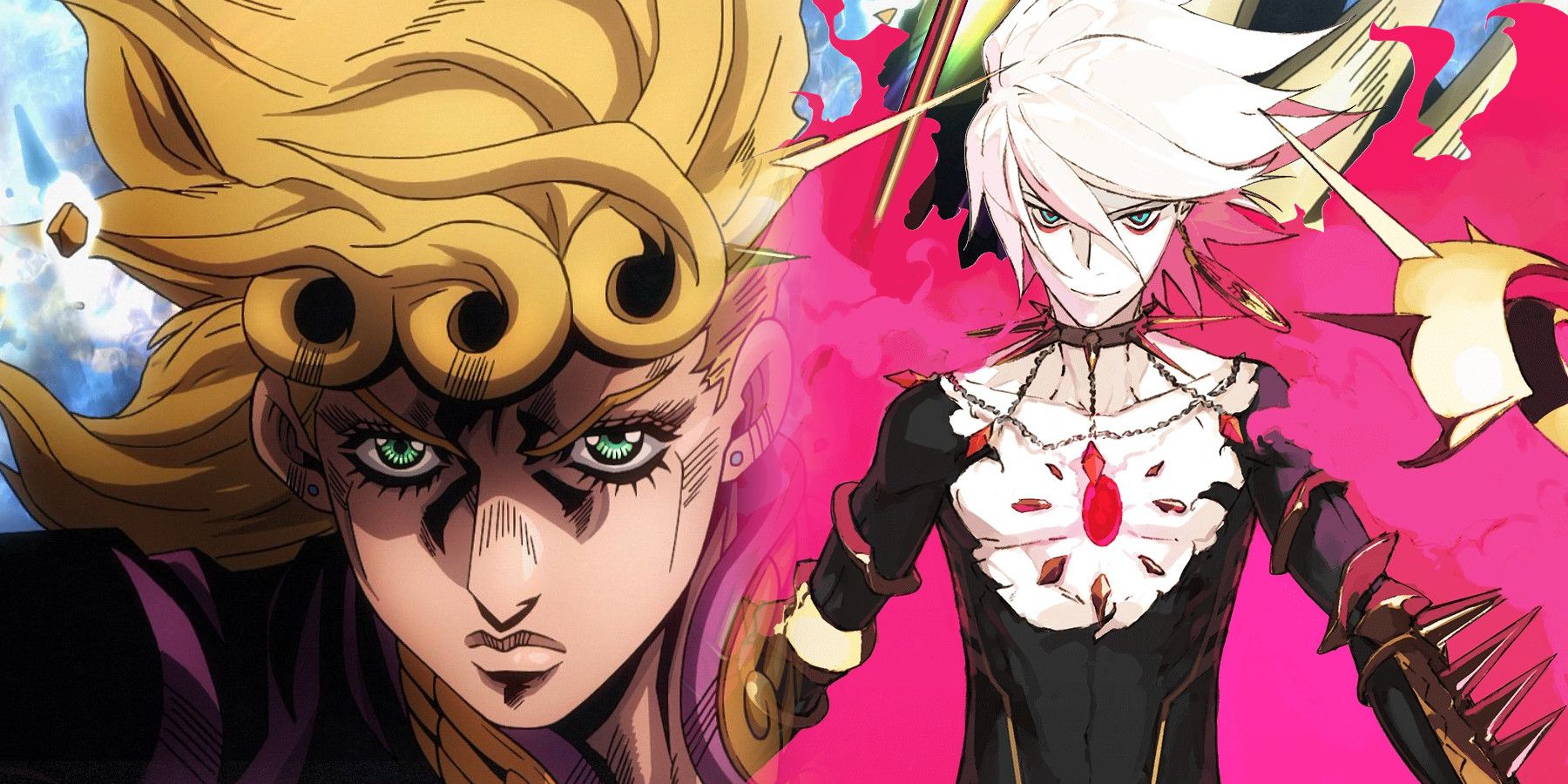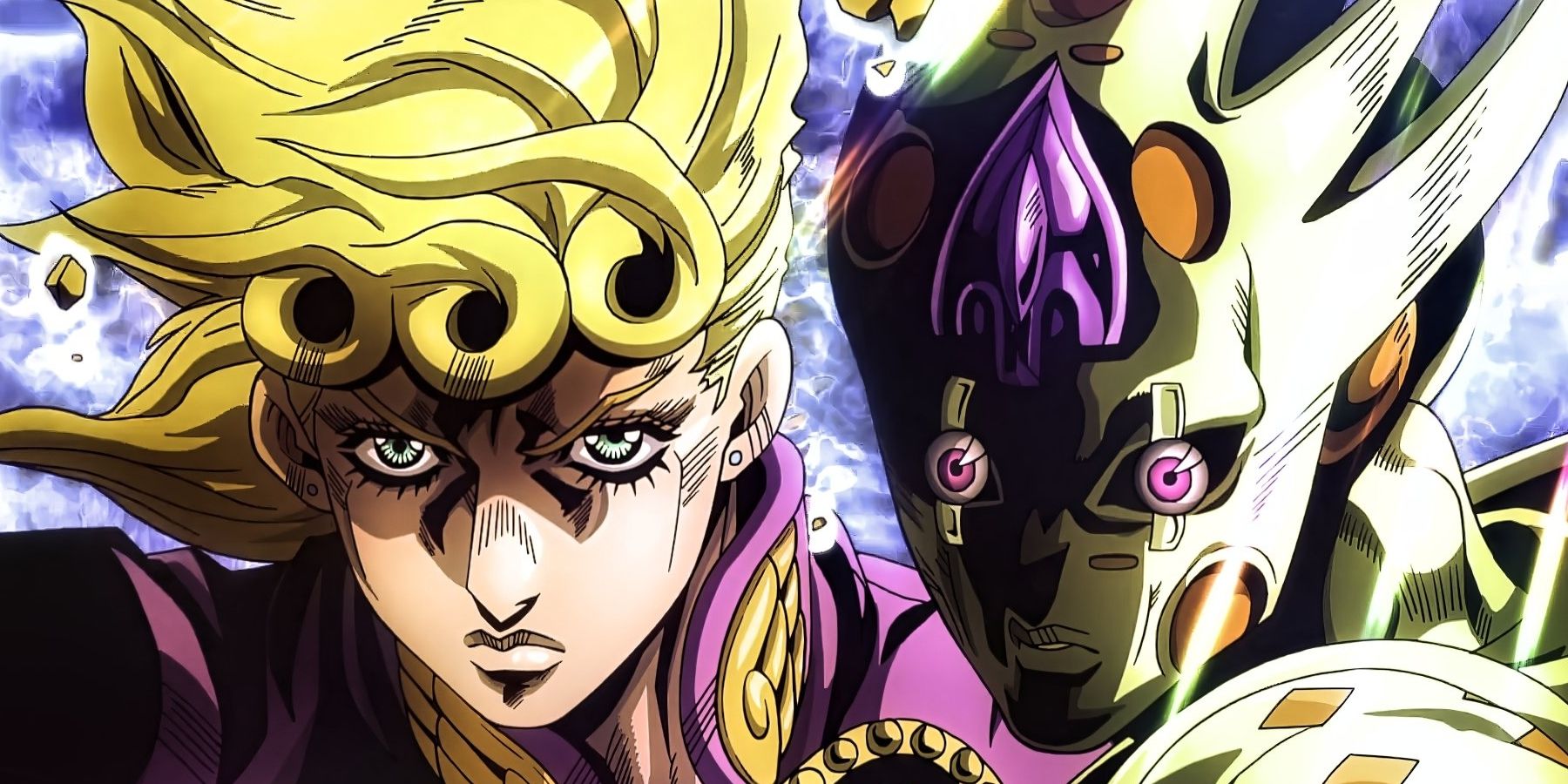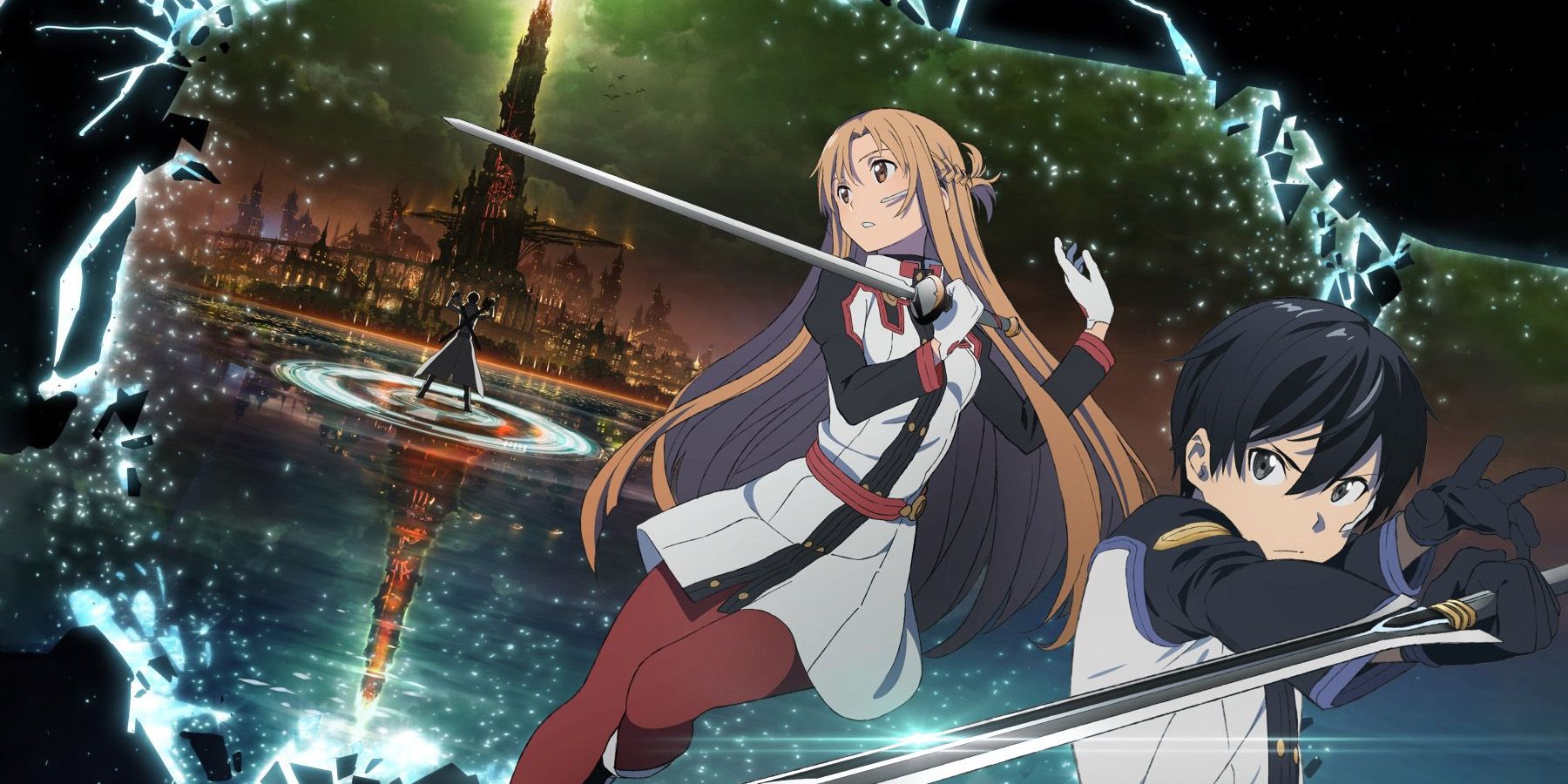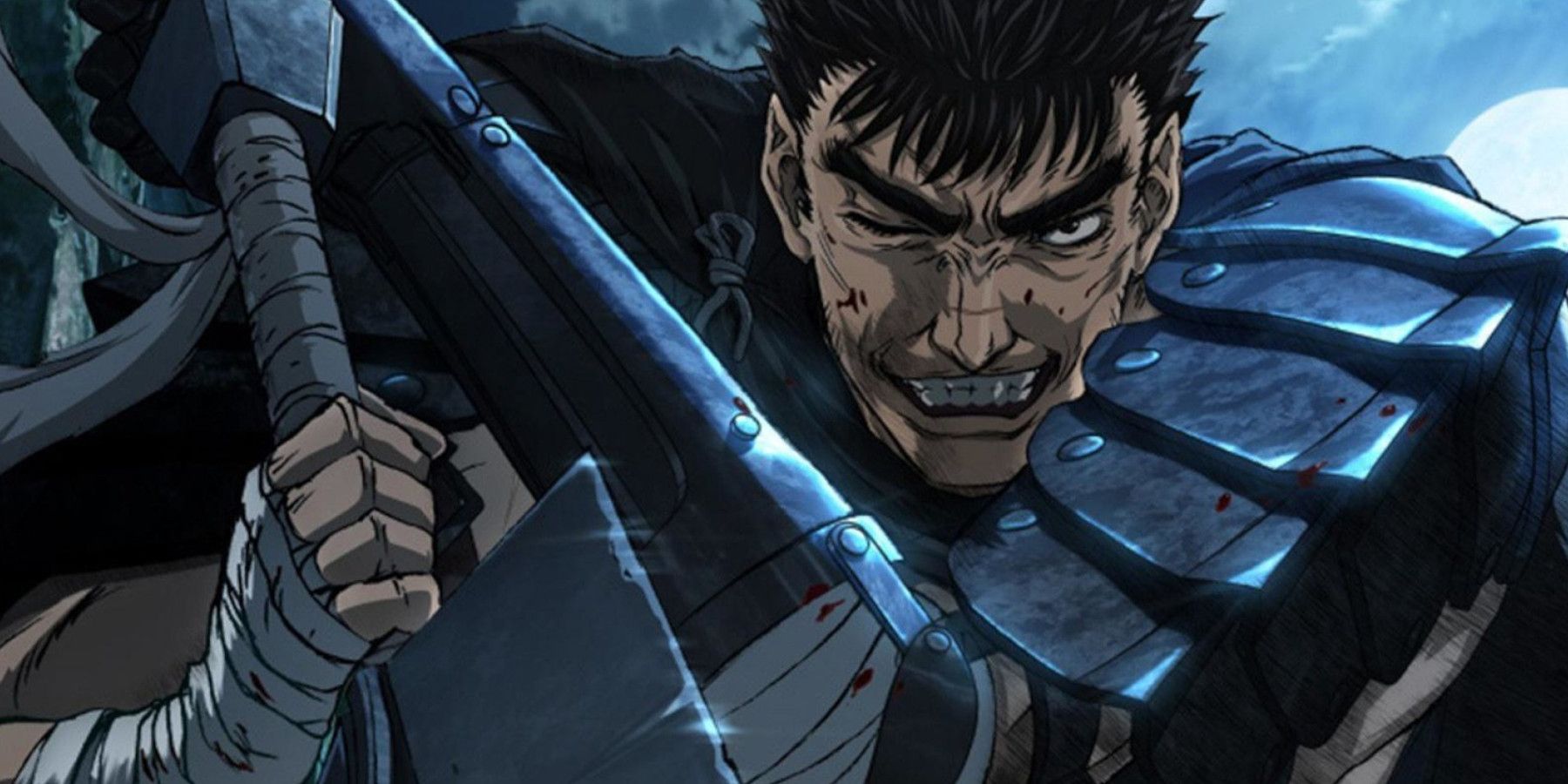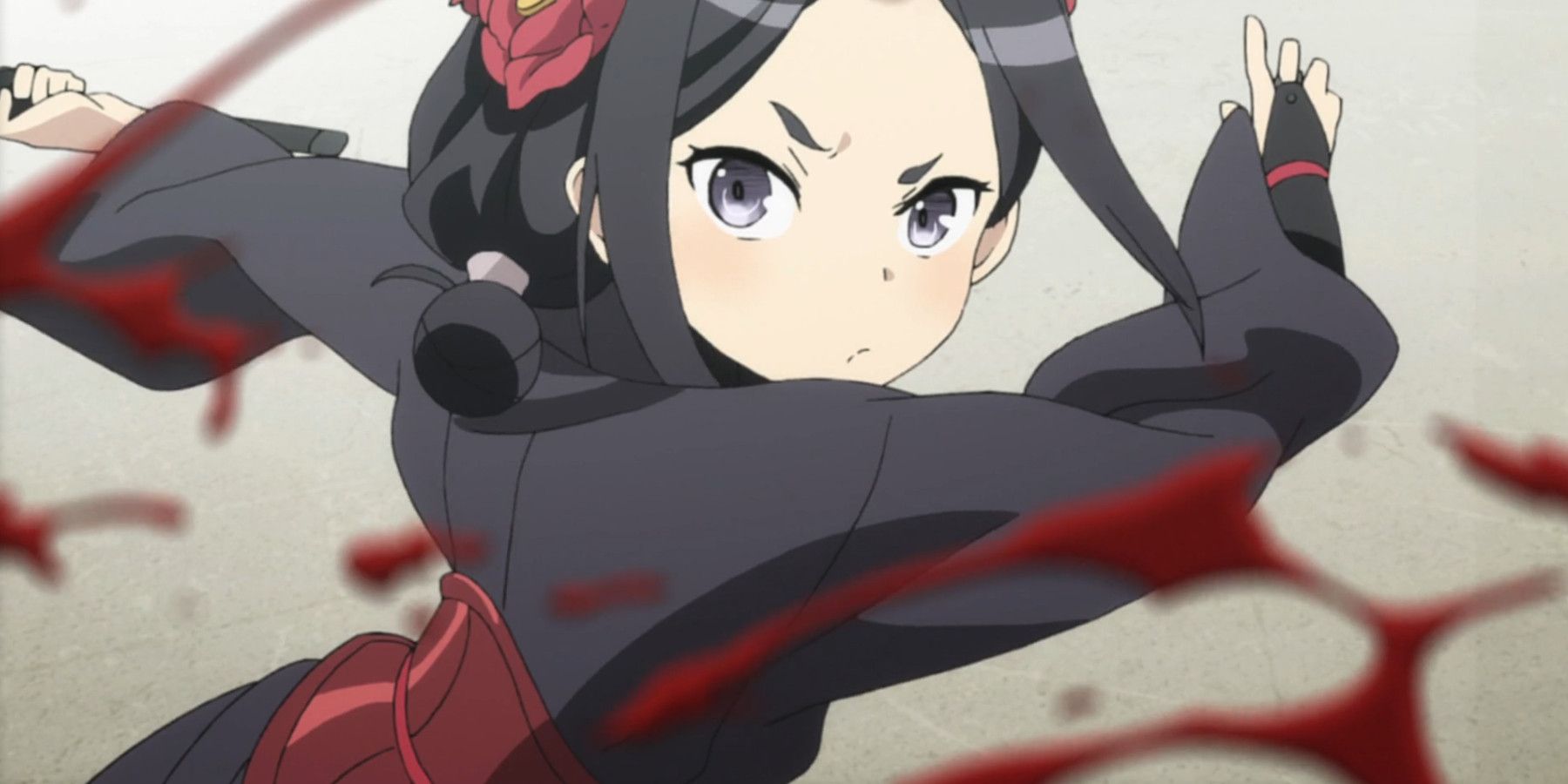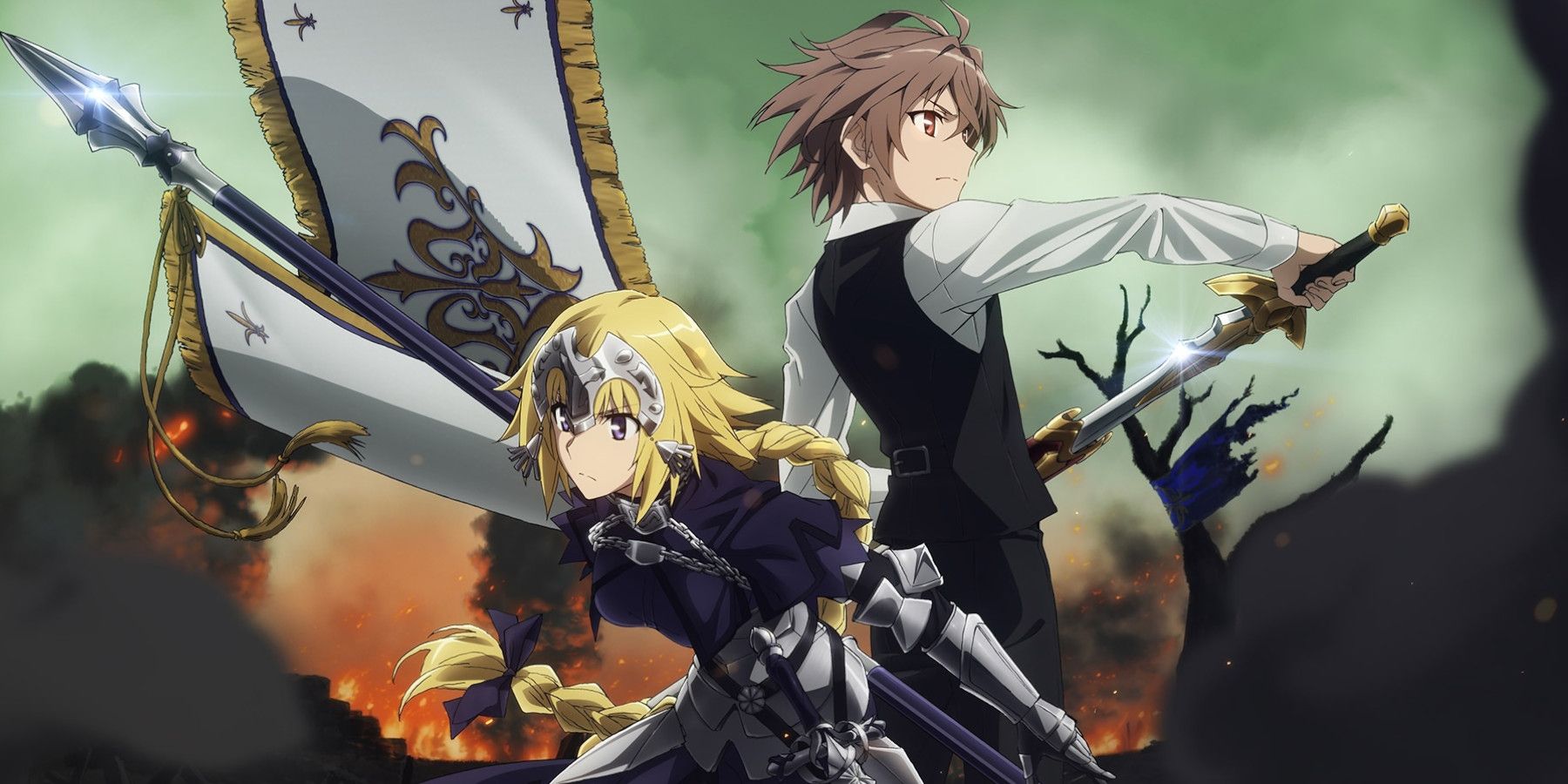Highlights
- Yasumasa Koyama's sound design in anime is a major part of storytelling, creating impactful and immersive experiences for viewers.
- Koyama's bass-boosting style, seen in works like JoJo's Bizarre Adventure, gives weight and power to the sound effects, making hits feel like explosive impacts.
- While his style may not always be a perfect fit for every anime, Koyama's influence on the industry has led to a push for bolder and more compelling soundscapes in action-oriented films.
The sound design of anime is highly underrated and while this is understandable given that animation is a visual medium, it's not like the "audio" in "audiovisual" is just there to keep video company. Sound is a major part of storytelling, and any anime fan who has never heard of Yasumasa Koyama has at the very least heard his work at some point over the last decade.
Koyama is a sound designer whose biggest and most influential credit is undoubtedly his work on JoJo's Bizarre Adventure and even its OVA, Thus Spoke Kishibe Rohan. His other notable works include numerous entries in the Fate Series, as well as Fire Force, Ghost in the Shell: Arise, and everything Sword Art Online has put out ever since Ordinal Scale in 2017.
The Era of Bass
It's not difficult to pinpoint what about Koyama's style immediately sticks out: it's the bass-boosting. This is a man who wants the audience to feel the weight of every impact and through his work on JoJo, he seemed to unlock the cheat code: Give the audience a kind of sound they aren't used to hearing. Make these superpowered hits sound like small, compact explosions.
It's not as if JoJo was always acclaimed for its fluid and gorgeous animation, at least until Part 5 and onward. Before then, it was largely carried by its artwork and its faithfulness to the manga therein, considered something of a "moving manga" adaptation. But when it was time for any of the members of the Joestar clan to deliver the beatdown on an opponent, it was the sound effects that truly sold it, and not just because of Yugo Kanno's music.
At some point in the early 2010s, it was as if these bass-boosted effects were popping up everywhere. From an outsider's perspective, it seemed like the popularity of the JoJo anime prompted a push for other anime to replicate Koyama's style. In reality, all one needs to do is a quick Google search, and it turns out that if it sounds like Koyama, it probably is Koyama.
Watch Fate/Apocrypha, one of the most bombastic of the Fate Series, and take note of how each explosion and collision sounds. One could interpret it as a sort of realist take on the soundscape, where the impacts register as these deafening blasts, barely contained within the speakers like someone left a mic near a bomb-testing site. It creates a sound unlike most other action-oriented anime and captures the power of these superhuman characters very well.
It's no surprise that Koyama has been a recurring figure in the Fate Series, having worked on Unlimited Blade Works, Fate/Grand Order: Babylonia, and recently, Fate/strange Fake. And it's one thing to hear their work through headphones or TV speakers and another entirely to hear it through cinema speakers. Moviegoers seeing Sword Art Online: Ordinal Scale in theaters weren't just seeing a new SAO movie; they were hearing the rebirth of the franchise's action.
Despite the previous assertion that "if it sounds like Koyama, it is Koyama," his style has also been echoed by the likes of Hikaru Kondo. He's the founder of Ufotable and also the sound director behind many of the studio's projects, including Fate/Stay Night Heaven's Feel and Demon Slayer. These stories aren't just a blast to see in theaters because of their visuals but also their incredible sound.
It isn't outlandish to consider Koyama partially responsible for this growing push for a bolder soundscape in anime action films. His adept ear for captivating sound isn't limited to the biggest and most bombastic episodes either. It's small things like the way characters' feet kick off the ground to make a move or the sound of rustling fabric as they reach to grab something.
Even the sounds of swords are distinct. There's something heavier, harsher, and cruder about the noise two blades make or the way they scrape against one another when locked in combat. In the best instances, Koyama's work can be remarkably balanced as well. Not too loud, but still leaving an impression. However, for every success, there will be times when his style can seem a tad misplaced depending on the context.
Overload & Overcompensation
Whether they watched it or not, anime fans will likely recall when Berserk 2016 came out, met with a lot of criticism and ridicule, a lot of which was justified and some of which was not. One element that got meme'd quite a lot was the loud metallic clank of Gut's greatsword, and some probably can see where this is going. Yes, Yasumasa Koyama was also the sound designer for Berserk 2016, and while he certainly did his best, it probably wasn't enough.
See, part of what makes his style so powerful is that it can be a huge benefit to the animation by putting as much work into the sound as was clearly put into the animation. One might argue that the presence of this sound design can even compensate for the shortcomings of more passable animation. However, there are limits to what sound can cover up, and at its weakest, it can just sound out of place.
Princess Principal is a 2017 action series in which Koyama was a sound designer. In its fifth episode, one notable for its extremely clever English dub, the sound design serves as an example of when Koyama's sound doesn't quite enhance the action and arguably smothers it. The animation and choreography are decent, but the sound of swords clashing can be grating. It's one of the rare instances where a more traditional sound might have been better.
It's important to stress that these moments aren't overly common and will vary by a viewer's personal taste. Regardless, the biggest divider between Koyama's best and his more passable work will always hinge on whether one can feel intent behind each sound choice. It's the difference between sound that is diegetic and immersive versus being loud for the sake of being loud. For an example of the latter, look up Gilgamesh's Enuma Elish from Fate Babylonia.
Why Koyama Rocks Despite It All
Even if his sound design might occasionally evoke the idea of the "metal pipe falling down" meme more than a simple clash of swords, Koyama remains an icon who deserves praise. In a medium where impact is everything, he created sounds that were as impactful to the ear as the artwork on the screen, and in doing so influenced how many anime would seek to create compelling action.
As funny as this sounds, Yasumasa Koyama is to anime's sound design what animators like Yutaka Nakamura are to the medium's animation. He is bold and impactful, and his work - in tandem with the animation - is capable of gripping new audiences from a single clip alone. After all, if one can't catch a new viewer's eye, perhaps catching the ear can be just as effective.
Check out Yasumasa Koyama's portfolio on Anime News Network and My Anime List.
